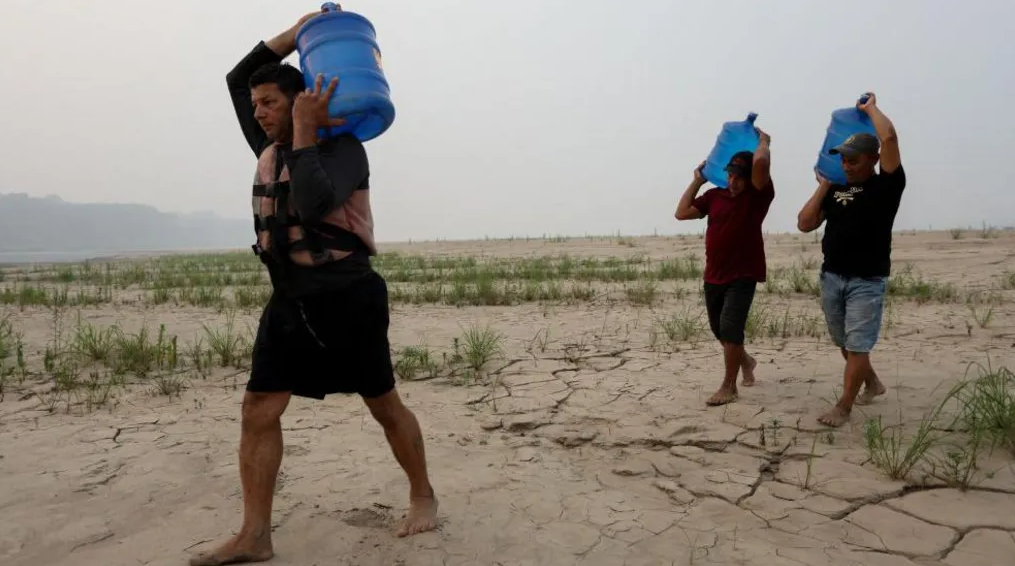
From the Horn of Africa to Southern Europe, Latin America and Southeast Asia, the Drought Hotspots Around the World report identifies a growing crisis, intensified by climate change and made more volatile by the recent El Niño weather pattern.
"This is a slow-moving global catastrophe—the worst I've ever seen," said Dr Mark Svoboda, co-author and founding director of the US National Drought Mitigation Center. "We're witnessing systemic impacts on lives, livelihoods, and the ecosystems we all depend on."
Worst in Decades
Between 2023 and 2025, large regions have faced some of the driest conditions in decades. East Africa, in particular, has suffered catastrophic impacts. Somalia entered 2024 with an estimated 4.4 million people facing crisis-level food insecurity after years of failed rainy seasons. The drought that gripped the region in 2022 is believed to have killed more than 43,000 people in Somalia alone.
In Kenya and Ethiopia, repeated drought seasons have decimated crops and left livestock dead across arid plains. In southern Africa, drying riverbeds and vanishing waterholes have left hippos stranded, while authorities in Zimbabwe and Namibia resorted to culling elephants to feed communities and reduce pressure on ecosystems.
Women and Girls Among the Hardest Hit
The report underlines the disproportionate burden that drought places on vulnerable communities—especially women and girls. In parts of Eastern Africa, rates of child marriage more than doubled as desperate families sought dowries to survive. Some girls were pulled from school to help with water collection or were married off as families ran out of alternatives.
"The coping mechanisms we saw during this drought grew increasingly desperate," said lead author Paula Guastello. "From hospitals losing power to families digging into dry riverbeds just to access dirty water, the human cost is staggering."
Not Just a Developing World Crisis
While low- and middle-income nations bear the brunt, the report warns that no country is immune. In Spain, two years of drought and record-breaking heatwaves slashed olive oil production by 50%, sending shockwaves through European food markets.
In the Amazon Basin, historic low water levels killed fish and left endangered pink river dolphins stranded in shallow lagoons. The drought also jeopardized drinking water for hundreds of thousands of residents.
Global trade wasn't spared either. In late 2023, the Panama Canal saw daily ship traffic drop from 38 to just 24 vessels due to critically low water levels, disrupting supply chains worldwide.
Call for a "New Normal" Approach
The report calls on governments to prepare for a future where severe drought is the norm, not the exception. It urges investment in early warning systems, water-efficient agriculture, and drought-resilient infrastructure.
"Drought is not just about weather—it's a cascading social, economic and environmental emergency," said co-author Dr Kelly Helm Smith. "The question is not if it will happen again, but whether we will be better prepared next time."